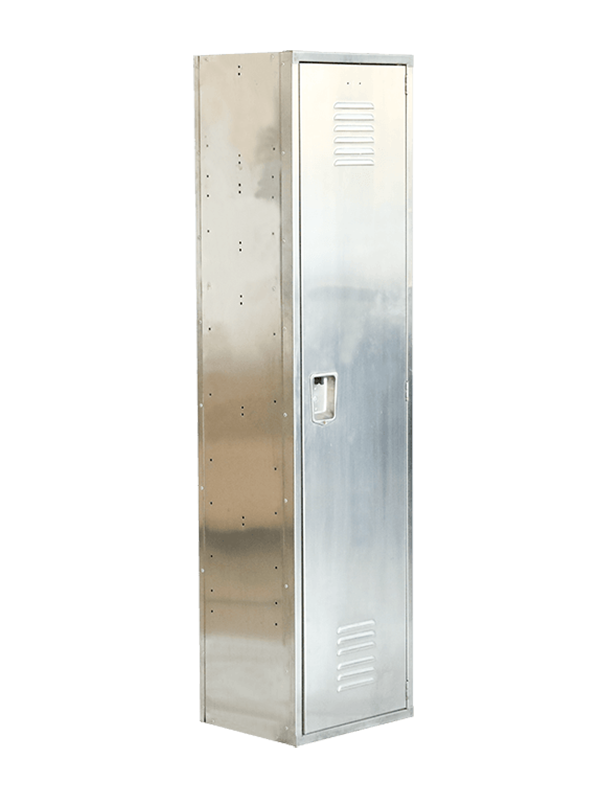Stainless steel locker are generally highly resistant to rust and corrosion compared to lockers made from other materials. Stainless steel contains chromium, which forms a protective oxide layer on the surface when exposed to oxygen. This layer acts as a barrier, preventing further oxidation and corrosion from occurring.
The level of resistance to rust and corrosion can vary depending on the grade of stainless steel used and the environmental conditions the lockers are exposed to. There are different grades of stainless steel available, with some being more corrosion-resistant than others. The most common grades used for lockers are 304 and 316 stainless steel.

Grade 304 stainless steel is commonly used for indoor applications and offers good resistance to corrosion in most environments. However, it may be susceptible to corrosion in highly corrosive or chloride-rich environments, such as near swimming pools or in coastal areas.
Grade 316 stainless steel, also known as marine-grade stainless steel, offers even higher corrosion resistance and is particularly suitable for outdoor or highly corrosive environments. It contains molybdenum, which enhances its resistance to pitting corrosion caused by chloride exposure.
To maximize the longevity and corrosion resistance of stainless steel lockers, it is important to properly maintain and clean them. Regular cleaning with mild soapy water and avoiding the use of abrasive cleaners or harsh chemicals can help preserve the protective oxide layer on the surface.
Stainless steel lockers are known for their excellent resistance to rust and corrosion, making them a durable and reliable choice for various applications.

 English
English 中文简体
中文简体












